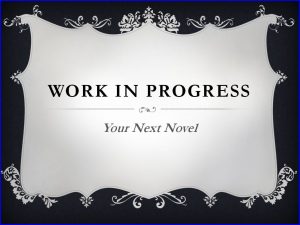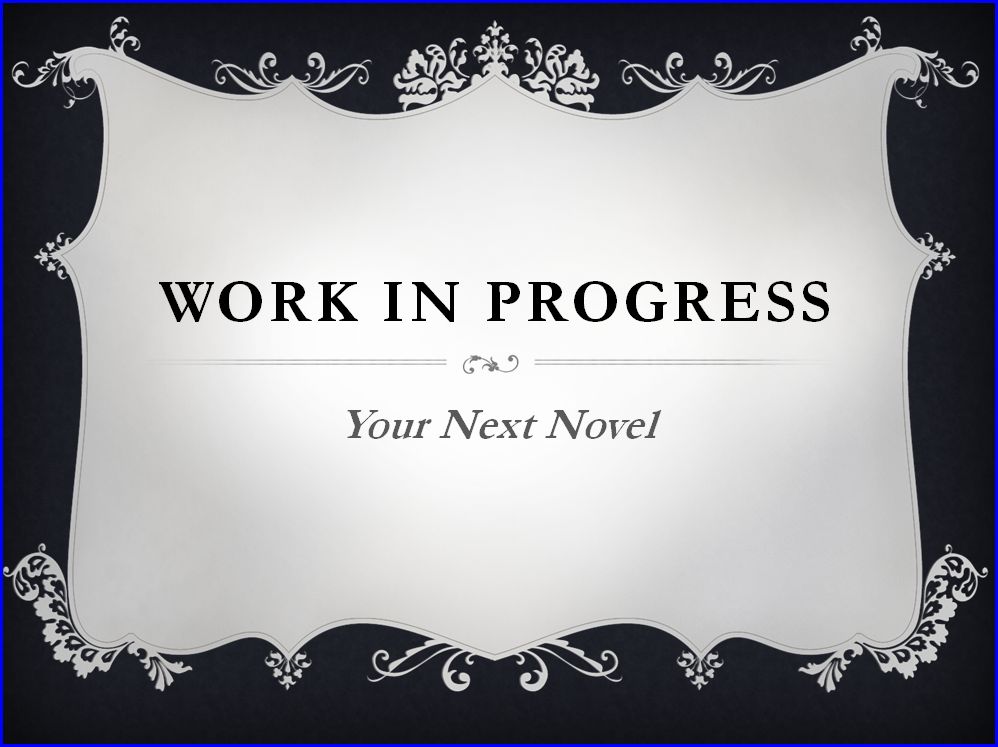
3 Steps to Revising Your Novel From First Draft to Polished Manuscript
Are you finished with your first draft and ready for the first run of edits? Then you probably have your work cut out for you.
There is a lot that goes into a great story. The characters must be likeable, the plot must be the right amount of challenging, each scene needs to move the story forward, and of course, grammatical and spelling errors need to be fixed.
We all know that the editing phase is the most important part of the writing process. And since first drafts are rarely ready for publication, they need rewriting and finessing. We know that our writing can always be improved. Sentences could be written better; better, more descriptive words could be used; the message's clarity could be improved.
When we don't allow ourselves the time we need to create our best work, we lose the opportunity to feel great about it. While we will know that the work could be improved, we feel good because we know it was the best work we could produce at that particular time.
With so many things to do to make the story great, it's understandable that the editing process can be daunting. Deciding on an editing plan of attack can help you stay focused on your editing goals.
How much do you want to do each day or week? Will you set a time limit, word count limit, or chapter limit?
Once you have an idea of how much you'll edit each day or week, you can then determine what area of the editing process you want to work on first.
My suggestion is that you focus on strengthening your plot and characters first. How can you make your characters more interesting and likeable? Do you have a plot that is strong enough and complex enough? How can you make your story unique?
Have some fun with the What If? technique if you haven't already. Even if you have, run through some scenarios and see if you can make your story and characters better. I bet you can.
Then determine which scenes or sections you can cut out of your story. Which scenes fail to move the story forward? Readers don't want to read parts that aren't relevant to the story. They won't care if the main character loves mashed potatoes and gravy unless that fact serves a greater purpose that is relevant to the resolution of the story. Keep your story lean by cutting out the unnecessary parts.
Once you have a firm grasp of your plot line, characters, and necessary scenes, you can start focusing on the rewriting process. At this time, fix errors, reword, and add details or scenes if needed.
If you start fixing easy grammatical and spelling errors right away, you may find yourself doing more work than you really need to. As part-time writers, we don't have that kind of time. We have to be effective and efficient when it comes to our writing time.
What is your biggest challenge during the editing process?
- It’s been a long time… - February 10, 2024
- Realizations About Tracking Progress - May 28, 2020
- Goal Setting & Productivity 101 - May 25, 2020
